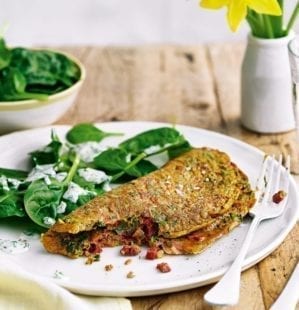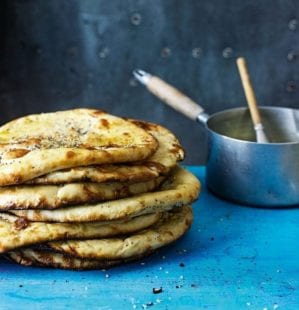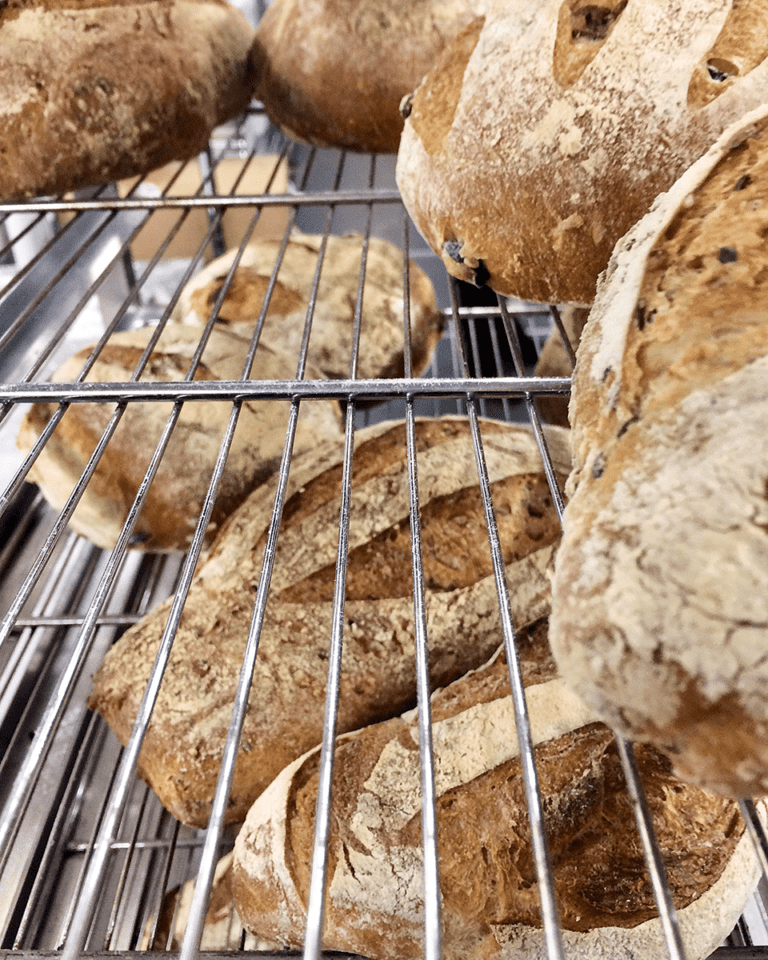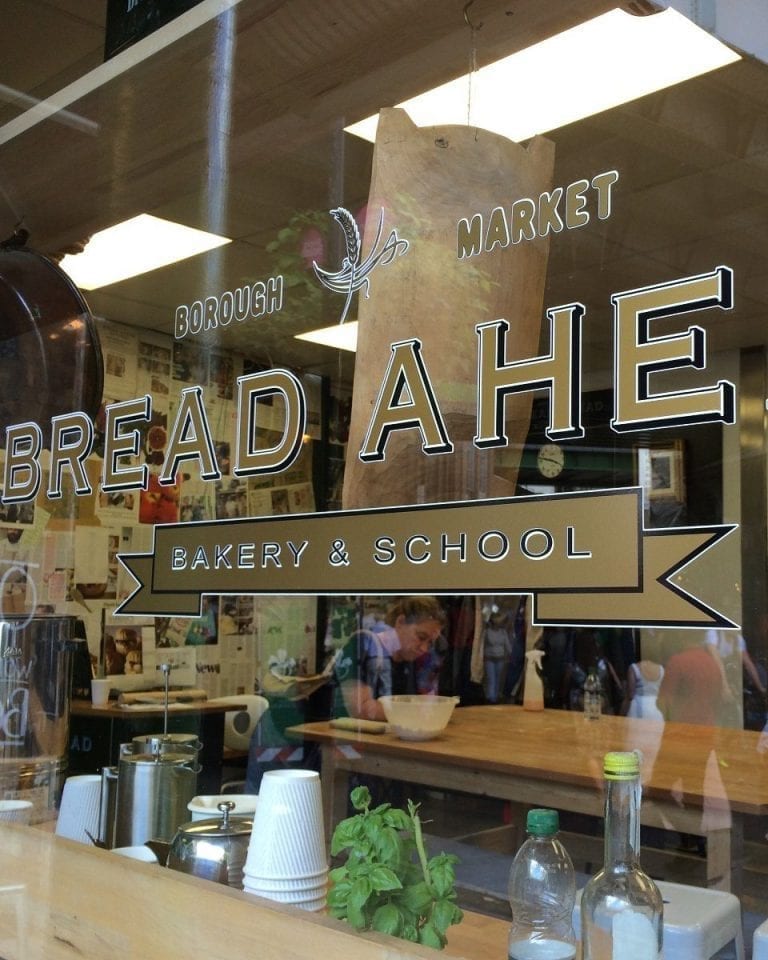Cookery school review: Rutland Cookery School
The course: Indian Street Food, £118 for one day (includes lunch with wine)
Where: Rutland Cookery School, Oakham, Rutland
Tester: Abigail Dodd
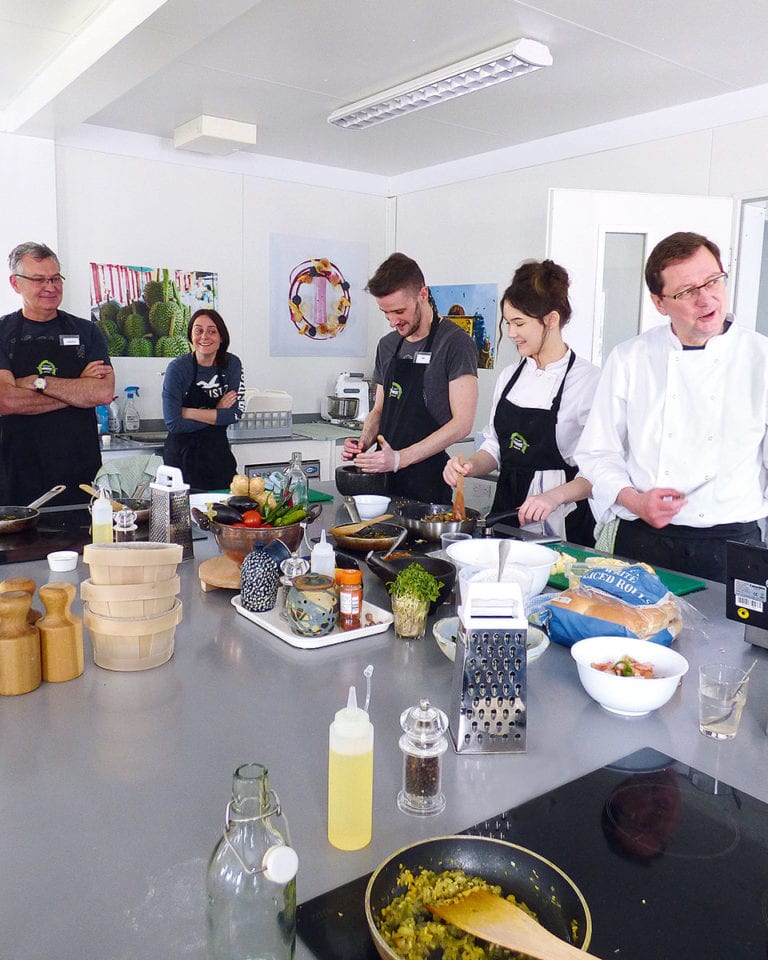
The setting
The school is on the edge of an industrial park, but don’t let that put you off. The front door opens, Tardis-style, onto a large, bright space, with a welcoming aroma coming from a pot of chai simmering on the stove. Founder and tutor Robin Stewart knows his stuff. He previously worked as a development chef for Waitrose, M&S and Sainsbury’s, and spent much time travelling the world’s food hotspots, seeking out exciting dishes to bring back to the UK. The travel theme is continued with the evocative posters on the walls.
Robin set up his cookery school two years ago and the recipes reflect his far-flung travels. While ladling out the chai, he ran through the running order. He explained that, in keeping with the theme, we’d be grazing throughout proceedings rather than sitting down to lunch.

Do you get a proper workspace?
Yes. There are nine well equipped workstations around a large central island, and there’s ample space to gather and feast. Ingredients are weighed out in advance to maximise cooking time.
Do you need to be good at cooking?
The nine of us on the course were a mix of keen cooks and novices, with men in the majority. We all had a love of Indian food and wanted to make it at home, but there’s no need to be an experienced cook; the techniques are fairly simple, even though some dishes had several elements to them.
What I learned?
Robin has fine-tuned the recipes he gathered in Mumbai, ensuring what we cooked was completely pukka.
On our menu for cooking were classic Indian street food dishes such as bhel puri (my all-time fave, see opposite); pani puri (tiny, crisp breads filled with potato cubes, beansprouts and a tangy sauce); chicken tikka served with thin ‘handkerchief’ breads called roomali roti; masala dosas (thin, crispy rice and lentil pancakes stuffed with a spicy potato and onion filling); vada pav (potato dumplings in a chutney-spiced bun); and cardamom and rosewater kulfi.
We also tried our hand at chaat masala, the classic spice blend served with street snacks, as well as garam masala and various Indian chutneys.
Much of the hard grind was taken out of the prep, but we had a go pounding whole spices using weighty pestles and mortars. Robin was full of useful tips on where to obtain ingredients such as Himalayan black rock salt, which gives that characteristic sulphurous (almost bad egg) note to chaat masala.
I’ve been eating bhel puri for years in London’s Indian cafés and I was more than happy with the version we made: crunchy, fresh and spicy with a sour-sweet tang. When I was a child my dad would treat us to masala dosas at the café next to the Indian YMCA in Euston. The ones we cooked took me straight back to when I first tasted the crisp sourness of the dosas and the contrasting potato and sweet onion filling.
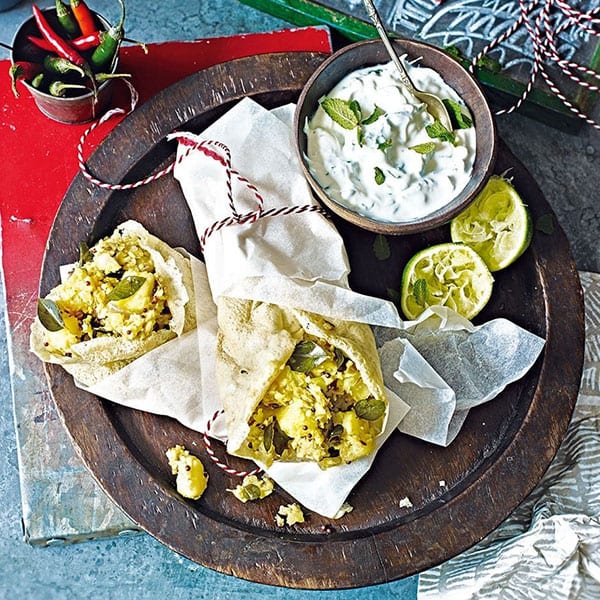
What I loved was that Robin showed us how to make all the trimmings too, the pickles and chutneys that add depth and intensity to Indian food. We were encouraged to taste and tweak everything as we went. He was at pains to point out that the recipes are not written in stone – all street vendors have their own and we should also make adaptations to suit us.
The verdict
Robin’s enthusiasm and insight brought a great atmosphere to the day and the dishes tasted fantastic. Recipes that I thought were beyond my ability I can now make at home, and Robin’s canny ways to eke out ingredients will come in useful for my everyday cooking. This is food that’s made and eaten by people with little money or time using humble ingredients to produce delicious, satisfying creations.
Score: 4/5
Subscribe to our magazine
Food stories, skills and tested recipes, straight to your door... Enjoy 5 issues for just £5 with our special introductory offer.
Subscribe
Unleash your inner chef
Looking for inspiration? Receive the latest recipes with our newsletter
